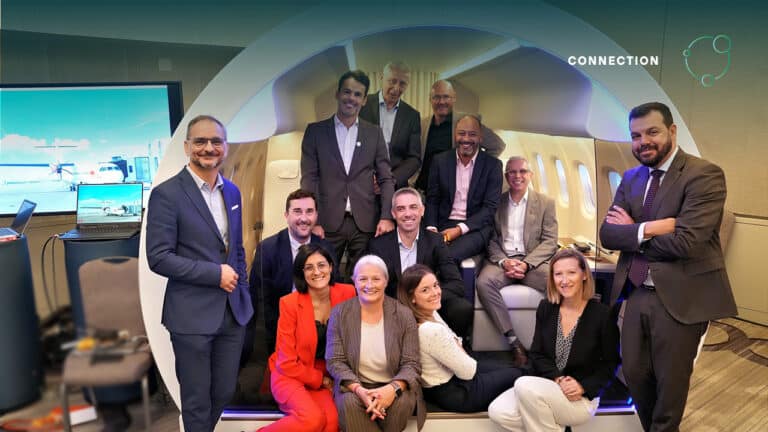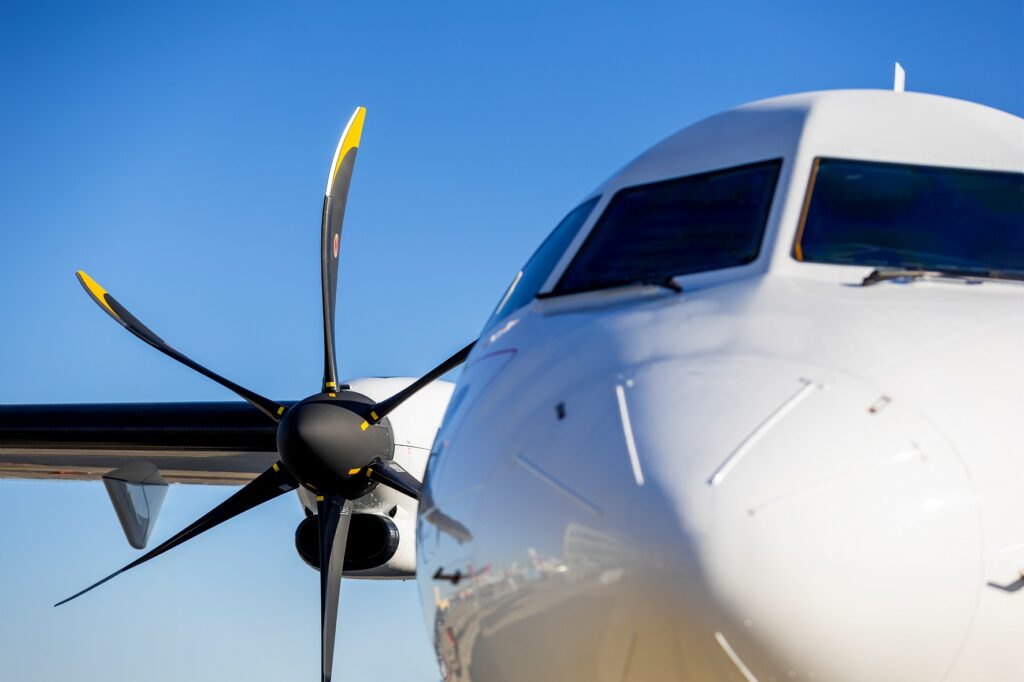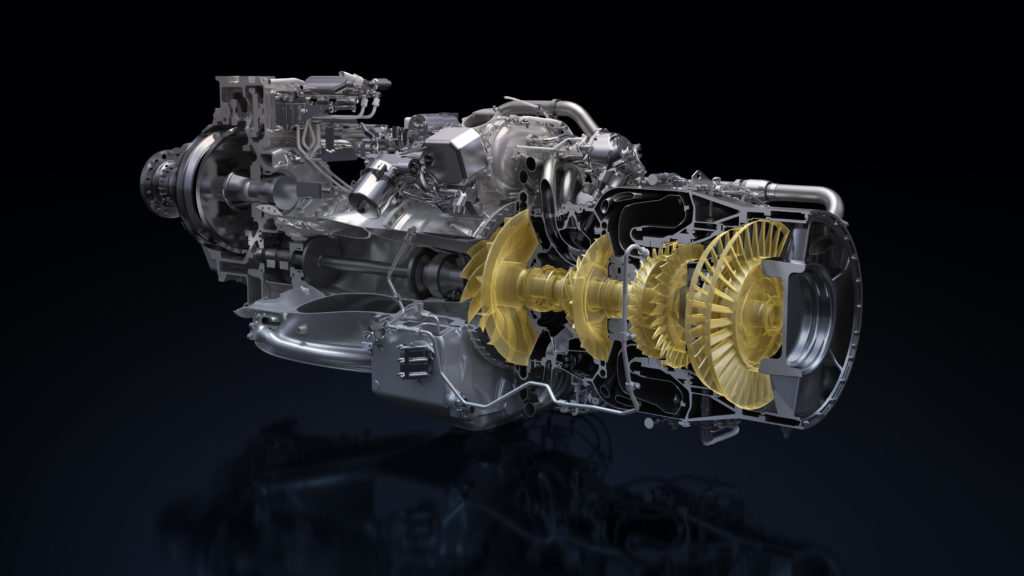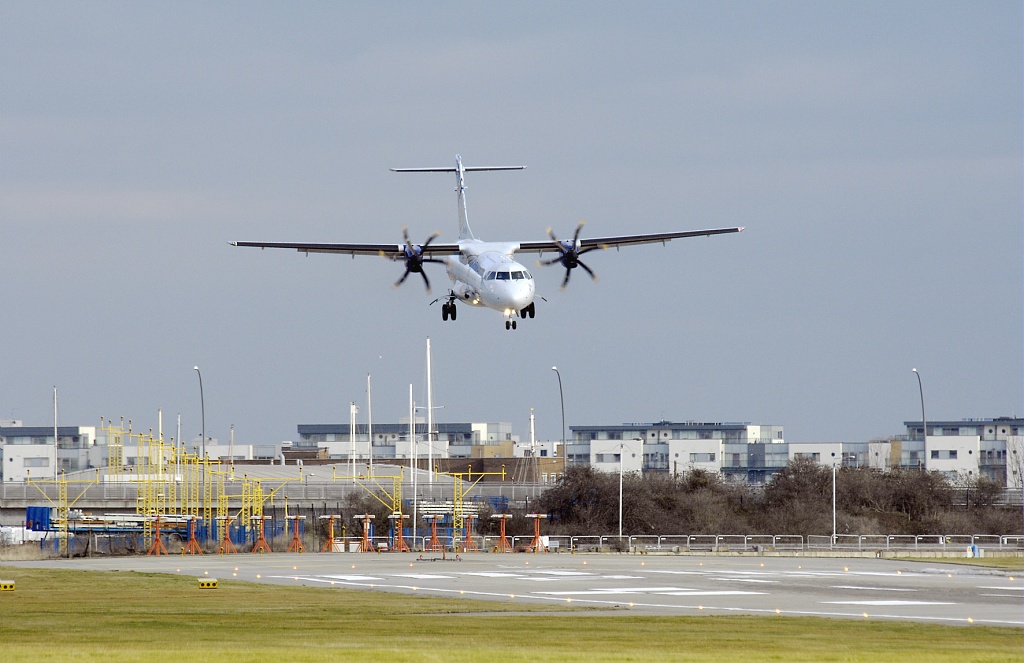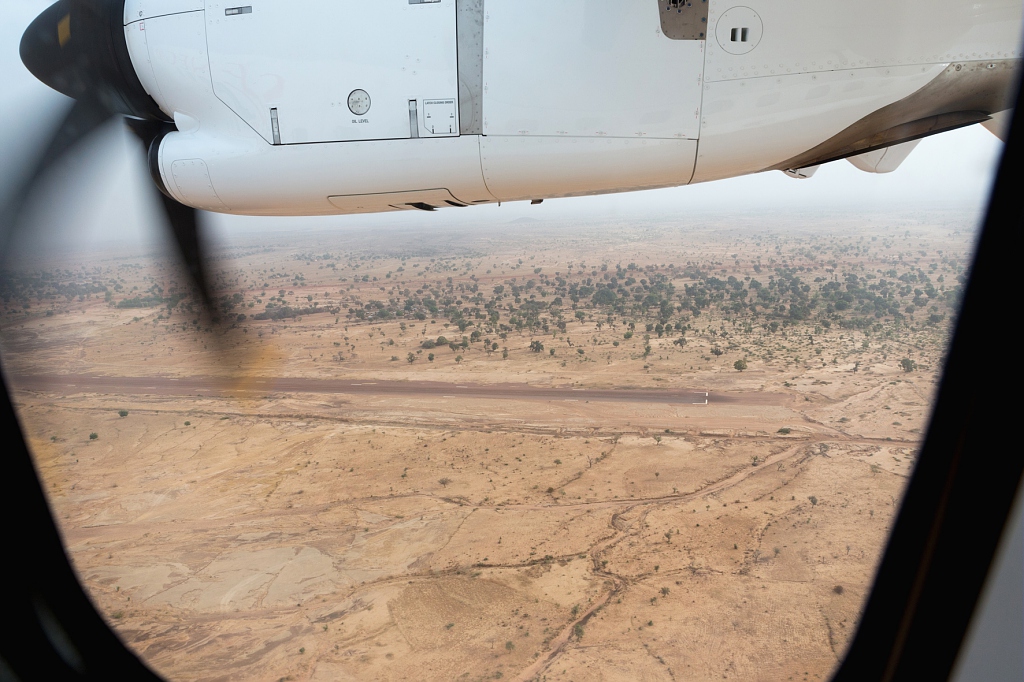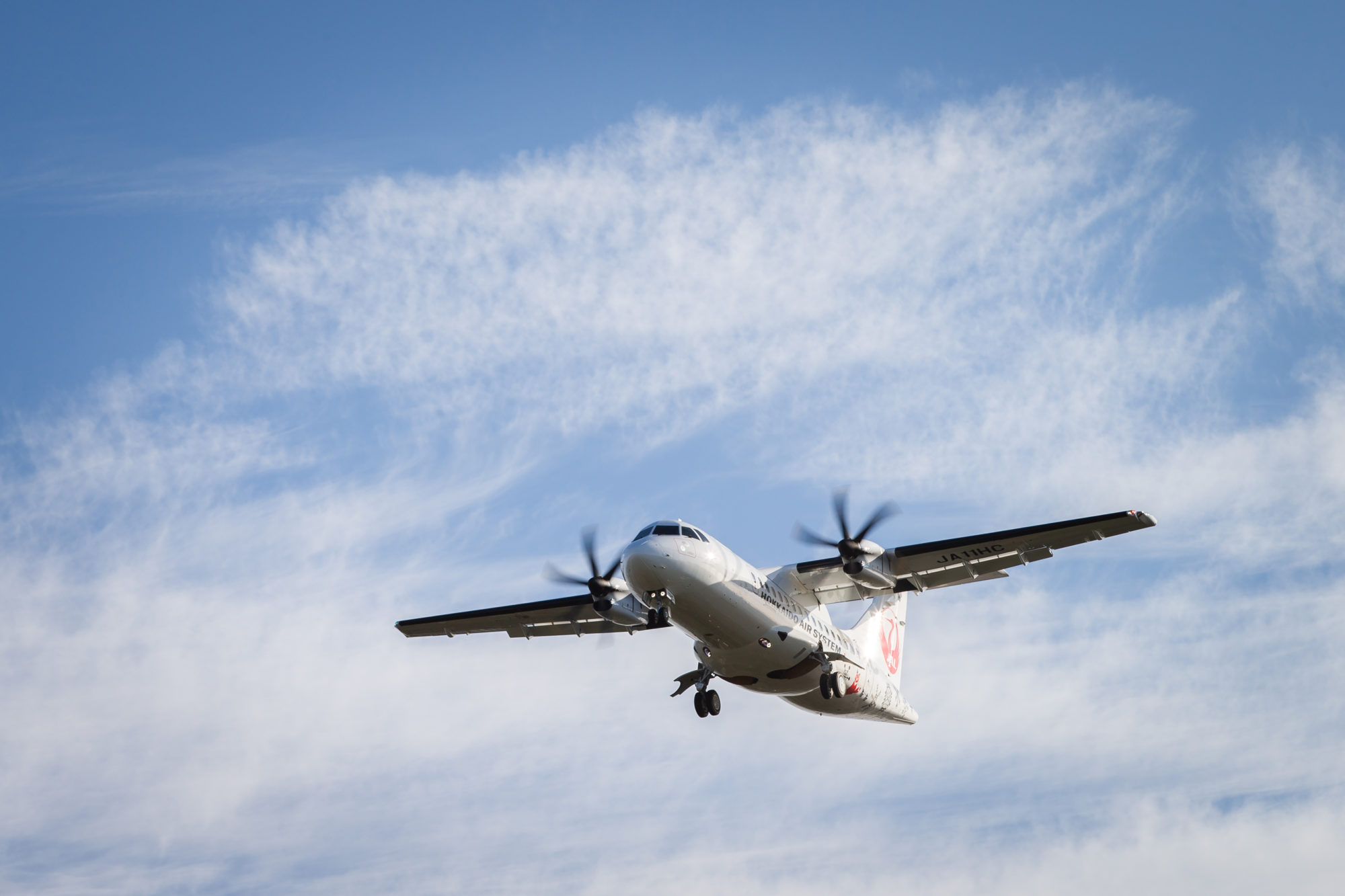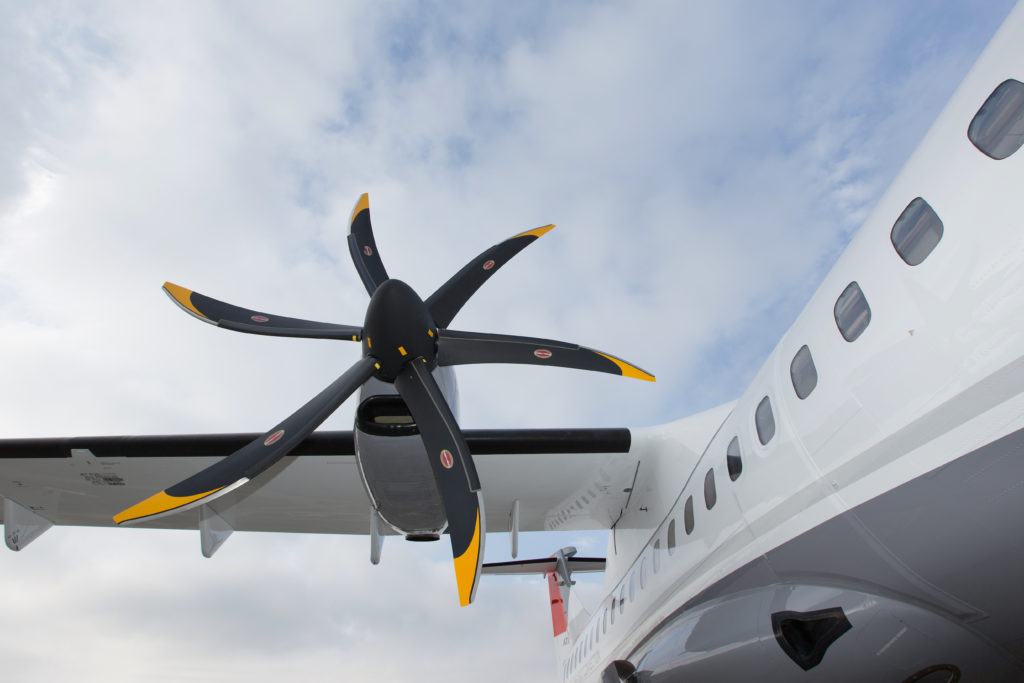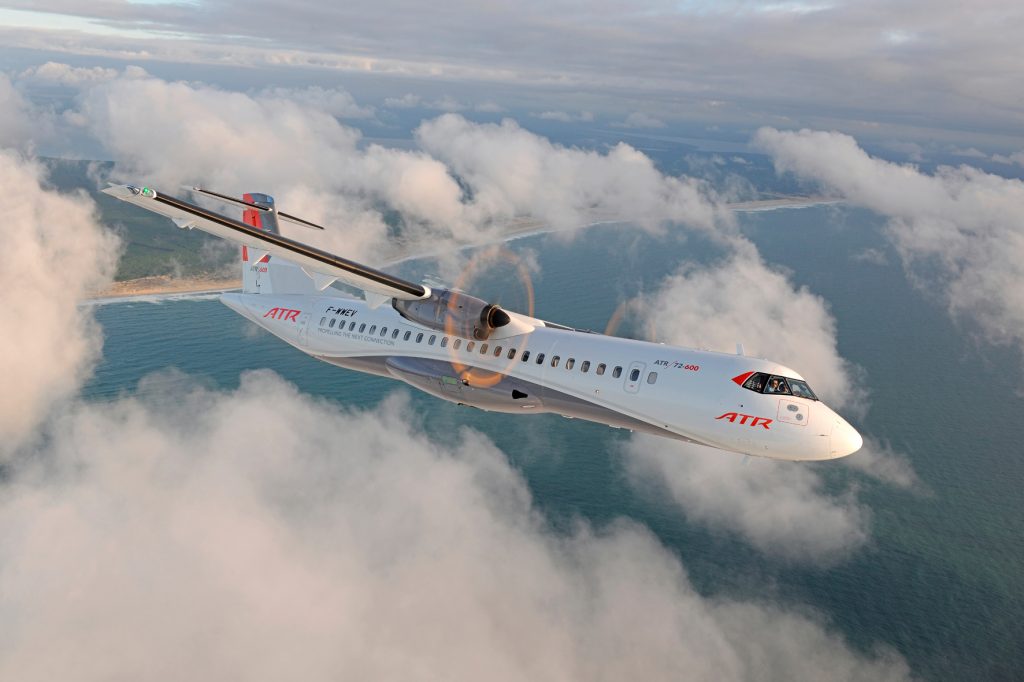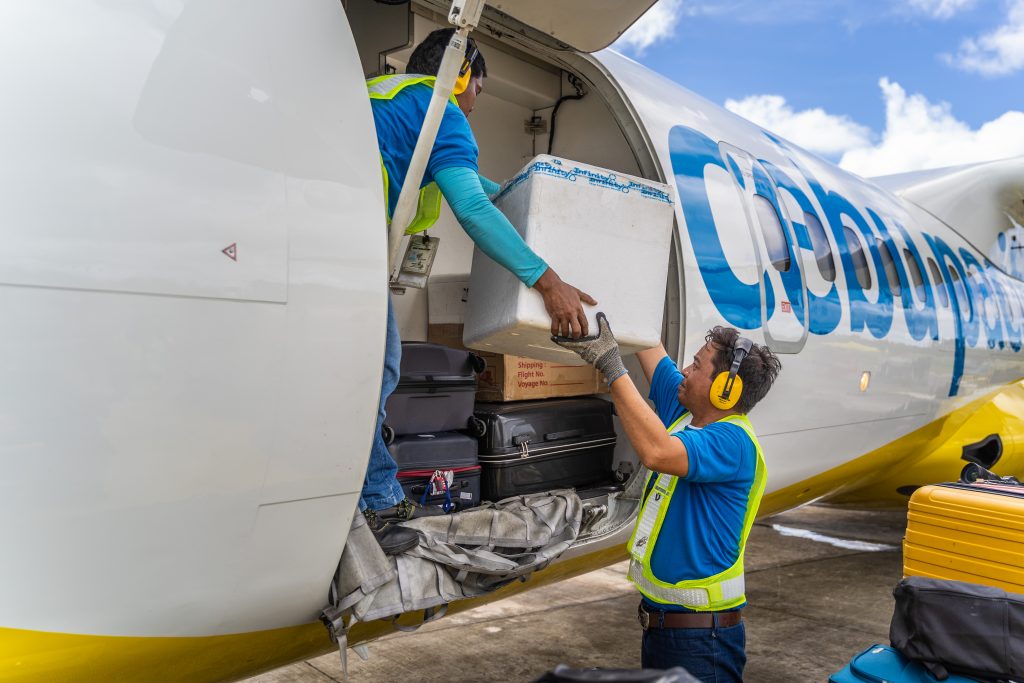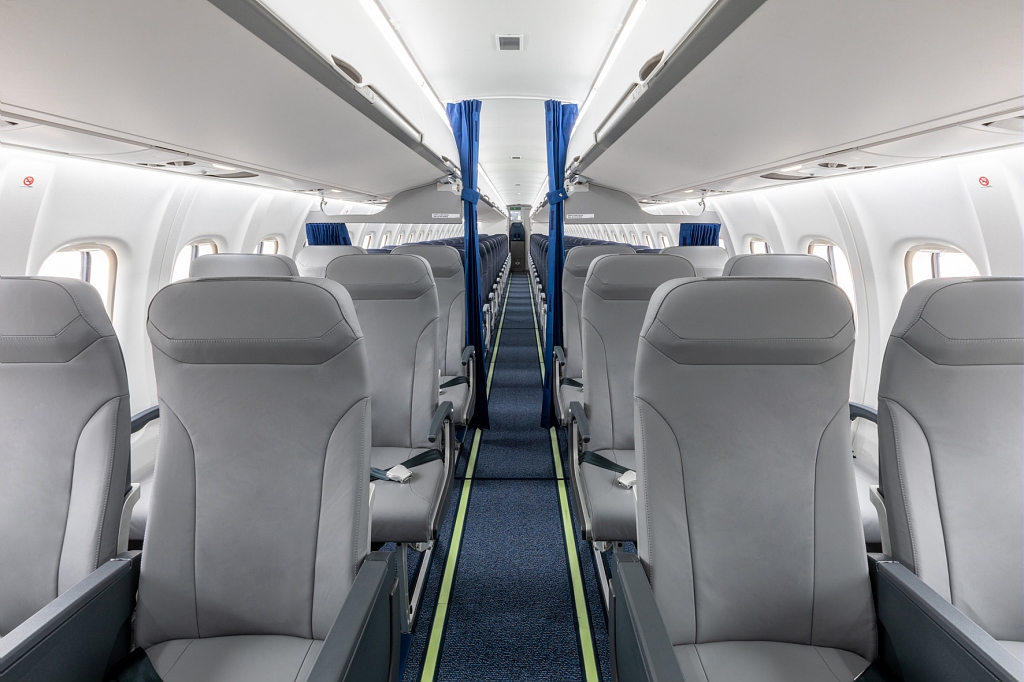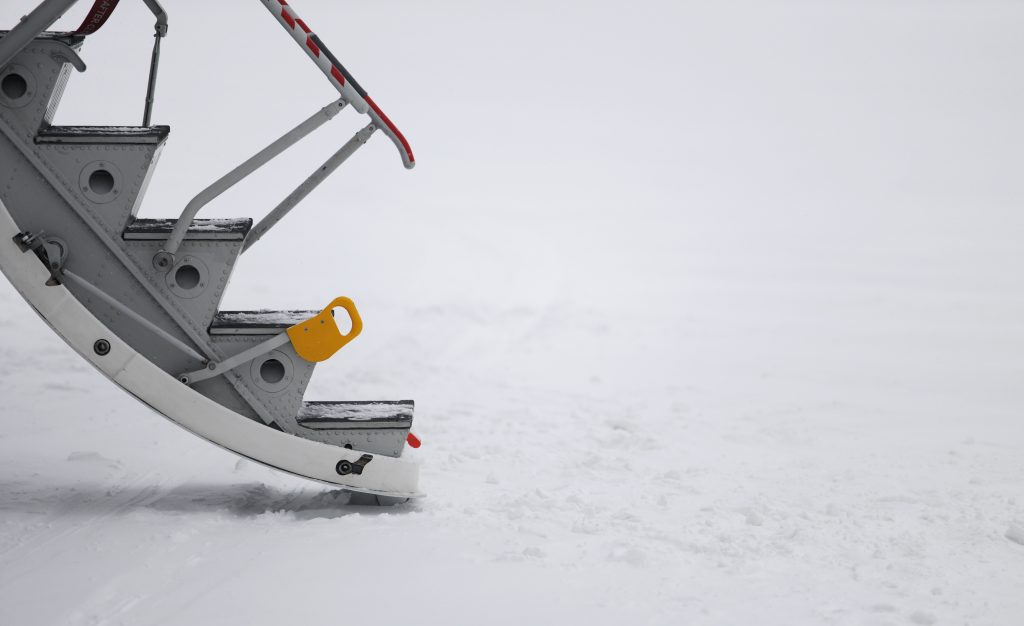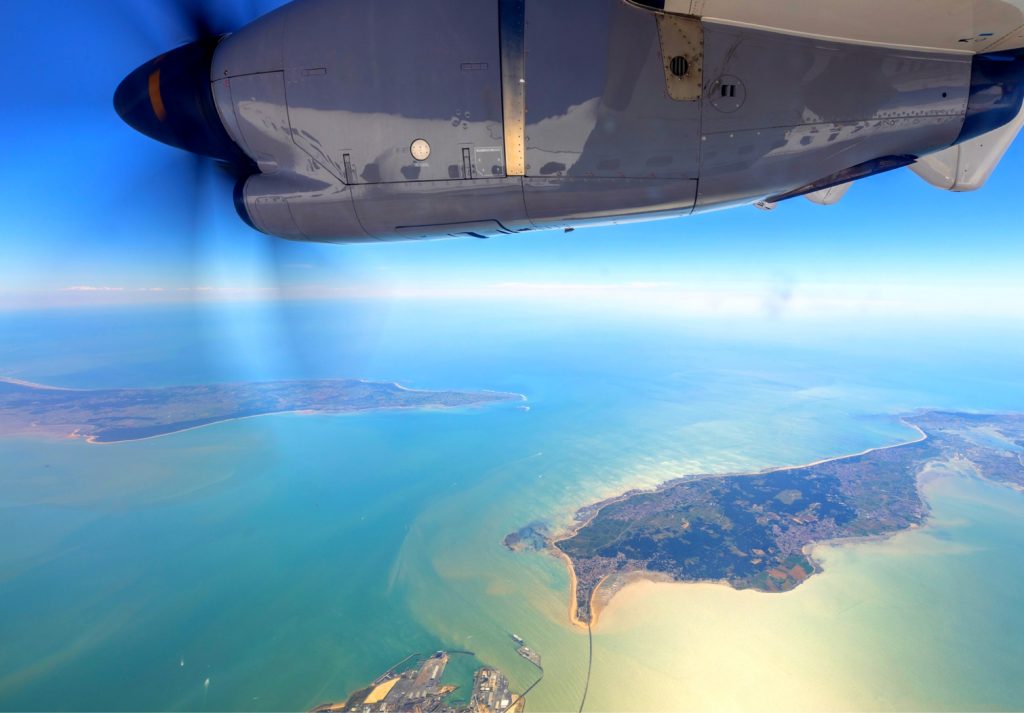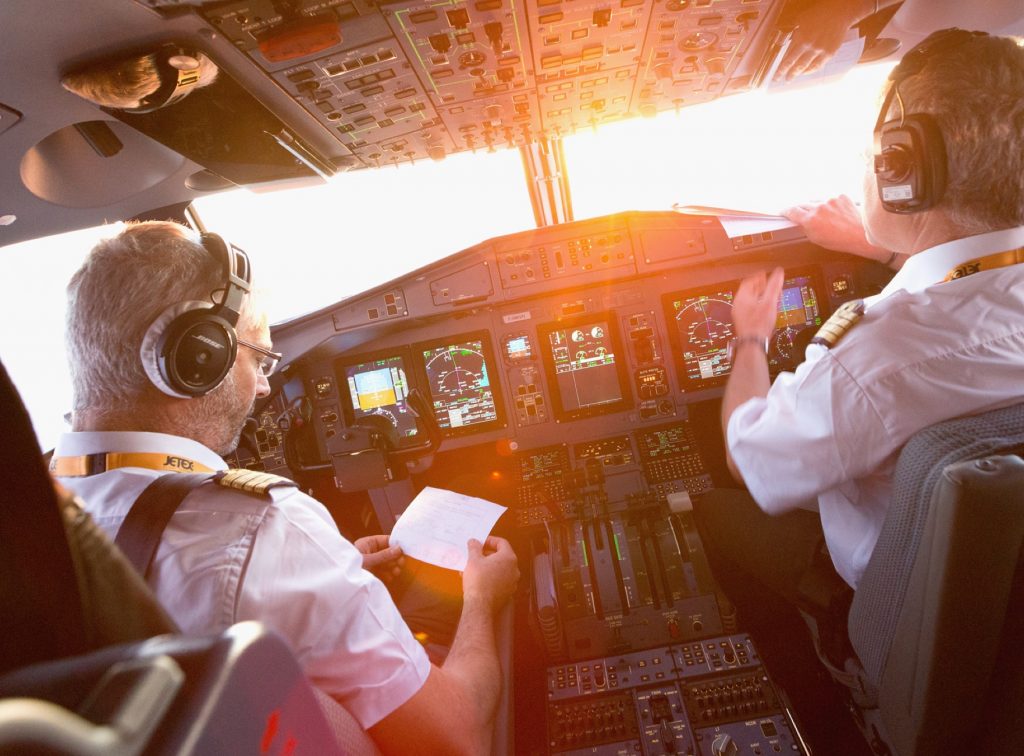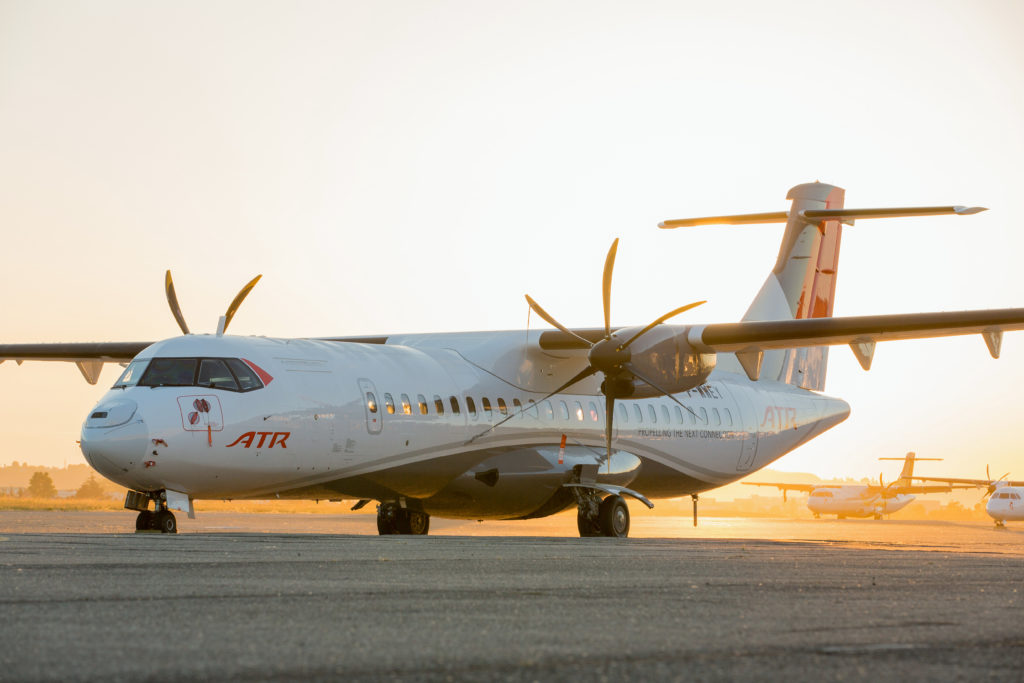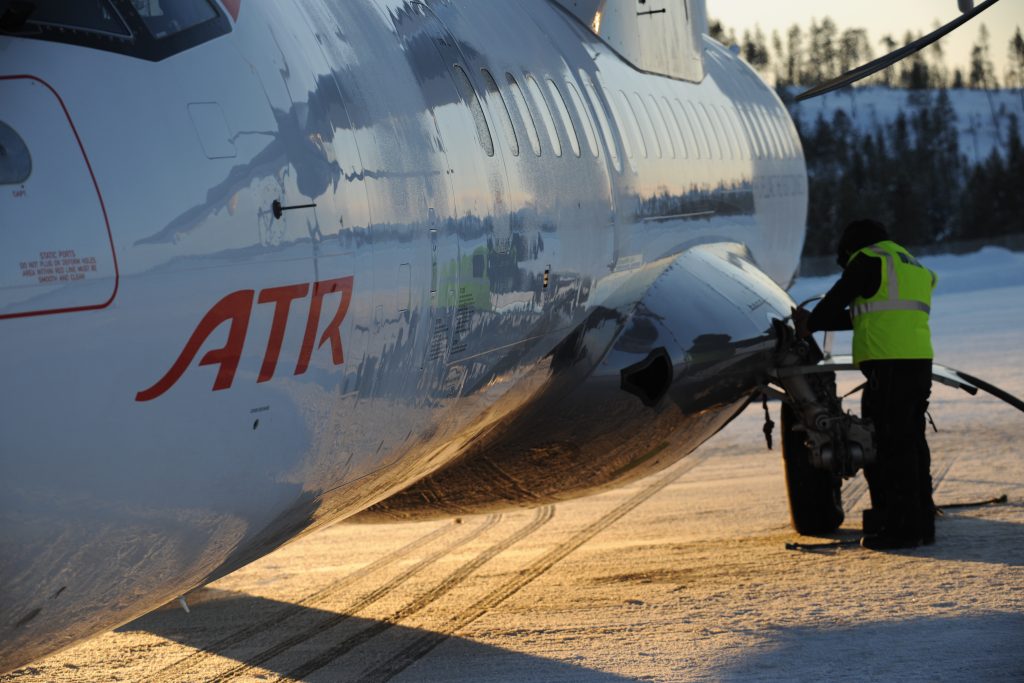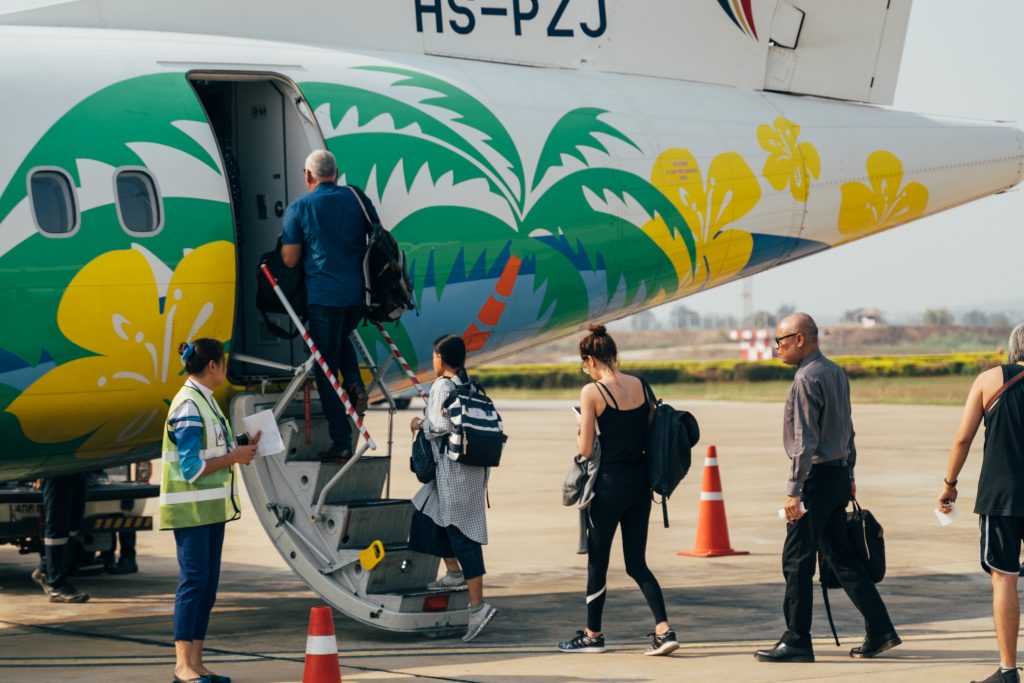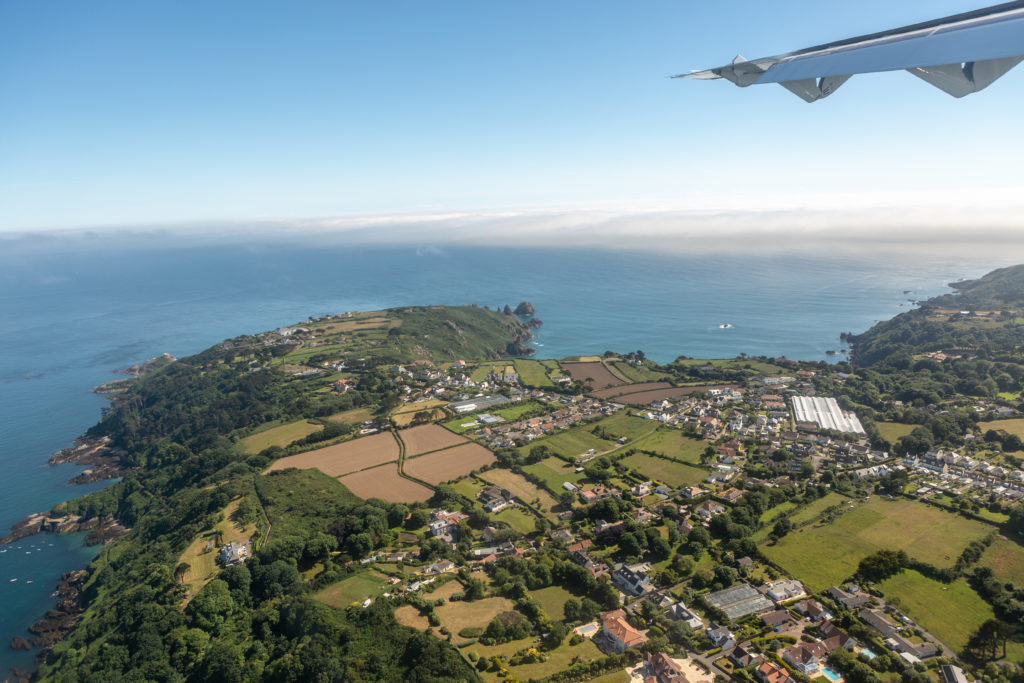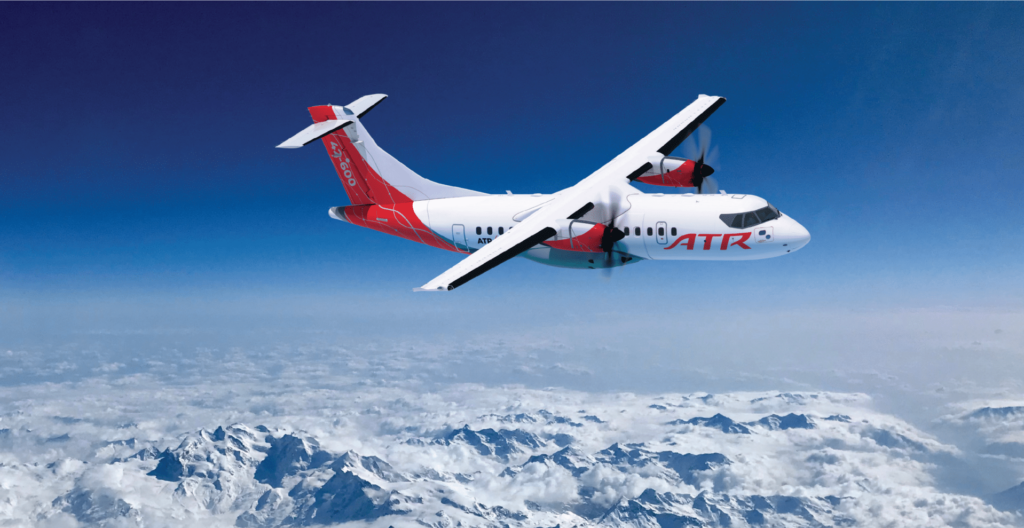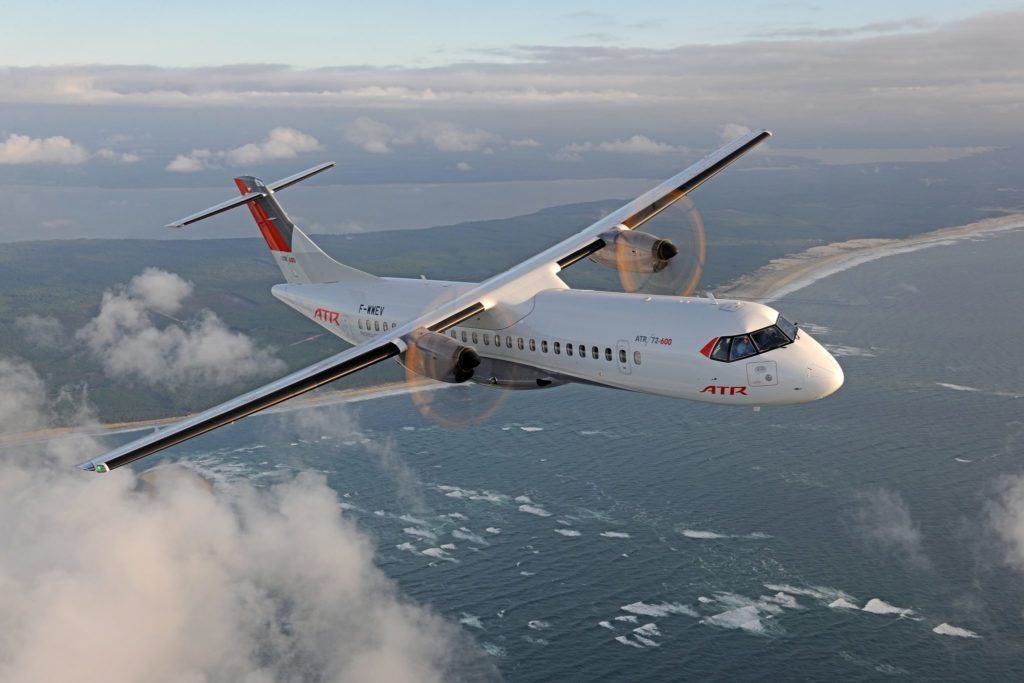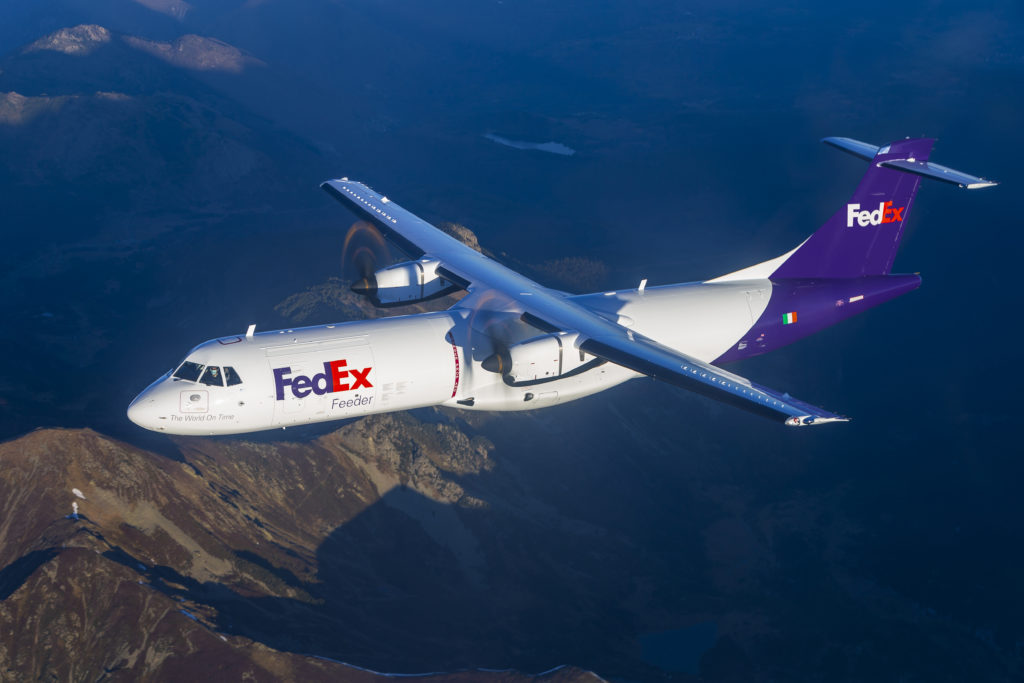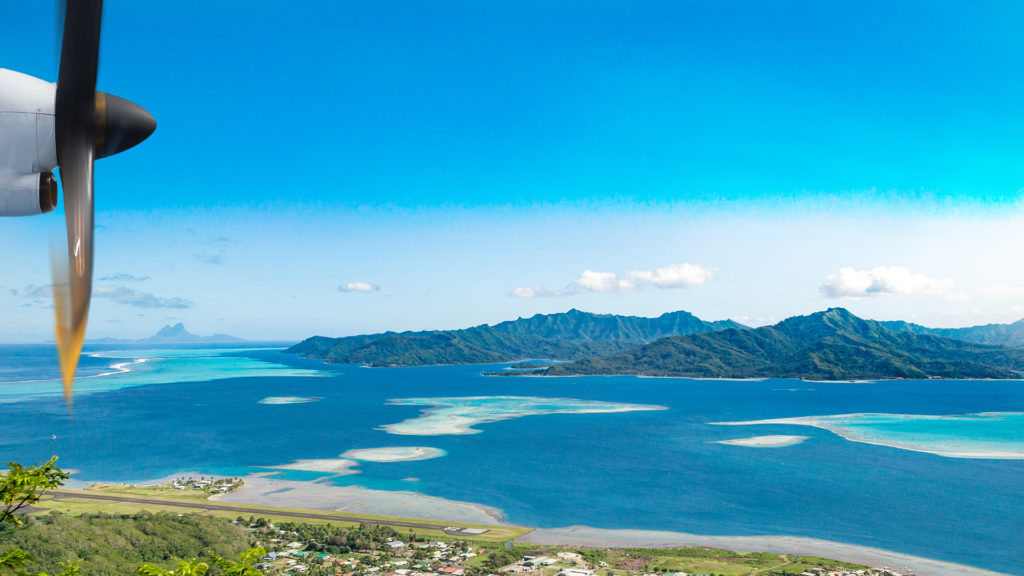About Turboprop aircraft
Discover more about the characteristics that make each model unique. Additionally, visit the dedicated page for each variant to take part in a virtual tour of the interiors of ATR turboprop aircraft and cockpit.
Learn more about the highly-efficient technology behind turboprops, what they are, how the engine works, and in what contexts and environments they prove particularly useful.
ATR Specifications Comparison
Performance
Weight & payload
Dimensions
| Models | ATR 42-600 | ATR 72-600 | ATR 72-600F (Freighter) |
|---|---|---|---|
 |  |  |
|
| Take-off distance (MTOW, ISA, SL) | 1,107m | 1,315m | 1,315m |
| Landing distance (MLW, SL) | 966m | 915m | 915m |
| Range Max Pax | 726NM / 1345km | 740NM / 1370km | 1030NM / 1908km Range based on max volumetric payload |
| Brochures | Download | Download | Download |
| Models | ATR 42-600 | ATR 72-600 | ATR 72-600F (Freighter) |
|---|---|---|---|
 |  |  |
|
| Take-off Distance MTOW, ISA, SL | 3,632ft | 4,314ft | 4,314ft |
| Landing Distance MLW, SL | 3,169ft | 3,002ft | 3,002ft |
| Range Max Pax | 726NM / 835mi | 740NM / 851mi | 1,030NM / 1,185mi Range based on max volumetric payload |
| Brochures | Download | Download | Download |
| Models | ATR 42-600 | ATR 72-600 | ATR 72-600F (Freighter) |
|---|---|---|---|
 |  |  |
|
| Maximum Take-off Weight | 18,600kg | 23,000kg | 23,000kg |
| Maximum Landing Weight | 18,300kg | 22,350kg | 22,350kg |
| Maximum Zero Fuel Weight | 17,000kg | 21,000kg | 21,000kg |
| Maximum Payload | 5,250kg | 7,400kg | 9,200kg |
| Maximum Fuel Load | 4,500kg | 5,000kg | 5,000kg |
| Brochures | Download | Download | Download |
| Models | ATR 42-600 | ATR 72-600 | ATR 72-600F (Freighter) |
|---|---|---|---|
 |  |  |
|
| Maximum Take-off Weight | 41,005lb | 50,706lb | 50,706lb |
| Maximum Landing Weight | 40,344lb | 49,272lb | 49,272lb |
| Maximum Zero Fuel Weight | 37,478lb | 46,296lb | 46,296lb |
| Maximum Payload | 11,574lb | 16,313lb | 20,281lb |
| Maximum Fuel Load | 9,920lb | 11,024lb | 11,024lb |
| Brochures | Download | Download | Download |
| Models | ATR 42-600 | ATR 72-600 | ATR 72-600F (Freighter) |
|---|---|---|---|
 |  |  |
|
| Overall Length | 22.67m | 27.17m | 27.17m |
| Wingspan | 24.57m | 27.05m | 27.05m |
| Factsheets | Download | Download | Download |
| Models | ATR 42-600 | ATR 72-600 | ATR 72-600F (Freighter) |
|---|---|---|---|
 |  |  |
|
| Overall Length | 74.38ft | 89.14ft | 89.14ft |
| Wingspan | 80.61ft | 88.75ft | 88.75ft |
| Brochures | Download | Download | Download |
90% common spare parts
The ATR 42 and ATR 72 series have the same fuselage cross section, use the same systems, share the same engines and propellers, as well as the same cockpit, allowing for common type rating or cross crew qualification (CCQ). This results in major cost savings for operators in terms of flight crew training and maintenance. Some 90% of the spare parts are common to both models.
Turbojet vs Turboprop
On regional routes turbo propellers are the most efficient engines burning twice less fuel than turbojets, because they have a different propulsion system from the turboprop: the energy created drives a propeller in return. Because of the large diameter propeller, they require less power, so less fuel to accelerate the air. The turboprop will burn up to 45% less fuel, and emit up to 45% less CO2
Superiority of propellers

Fly to any region of the world, no matter the weather
Thanks to their ability to fly in extreme cold (-45°C) and extreme hot (+50°C) temperatures, ATR aircraft can be operated in all regions of the world.
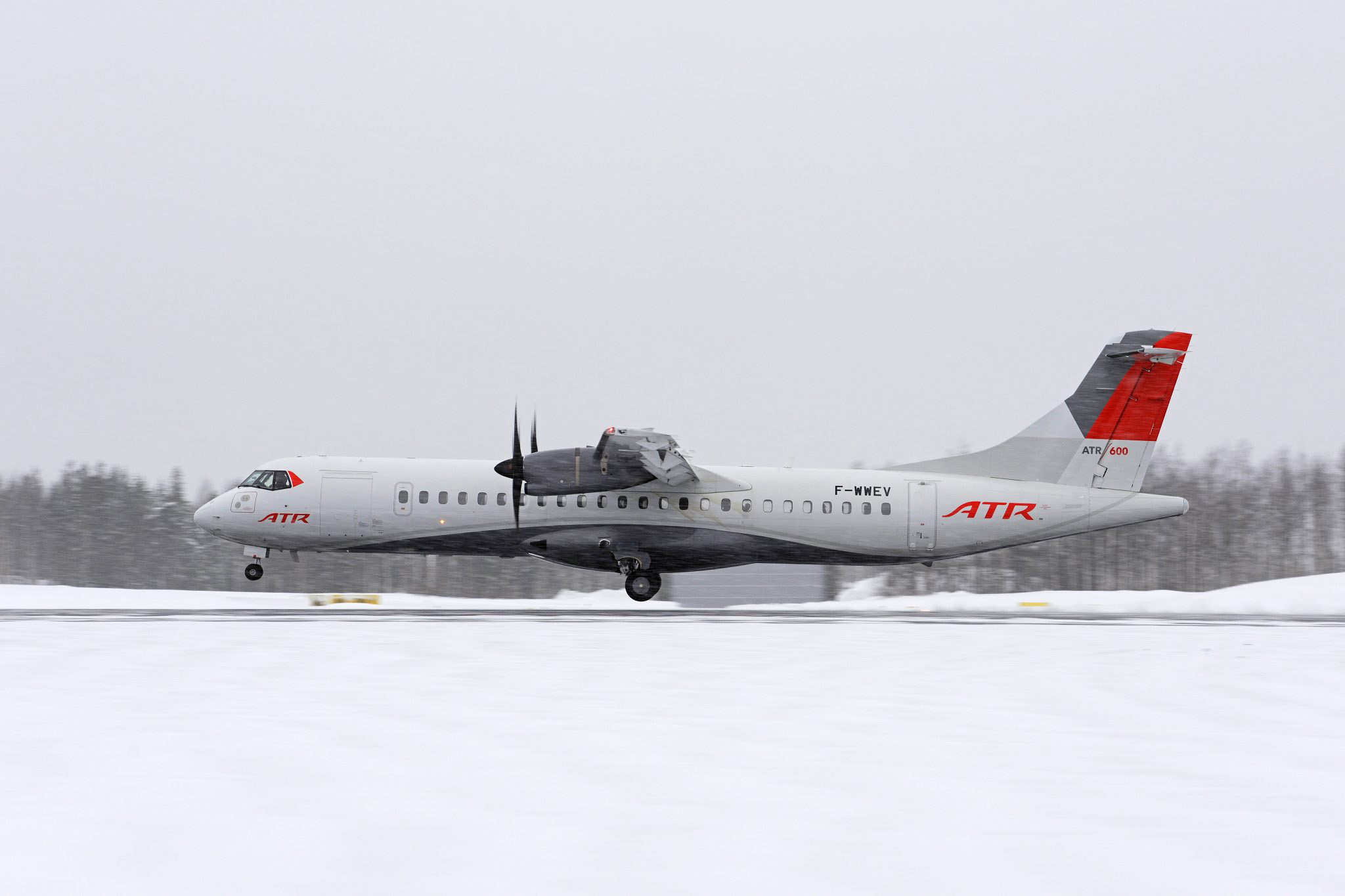
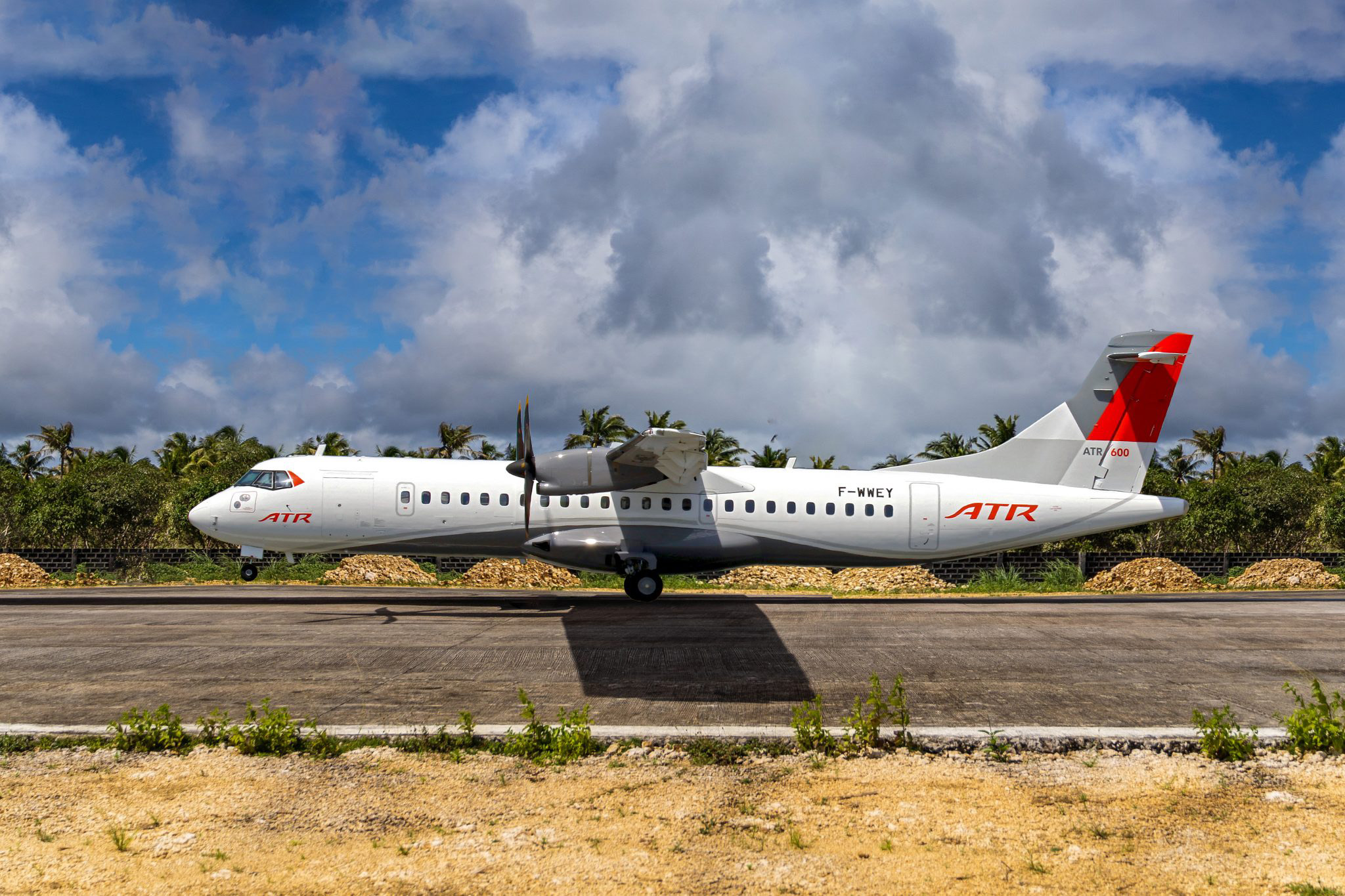
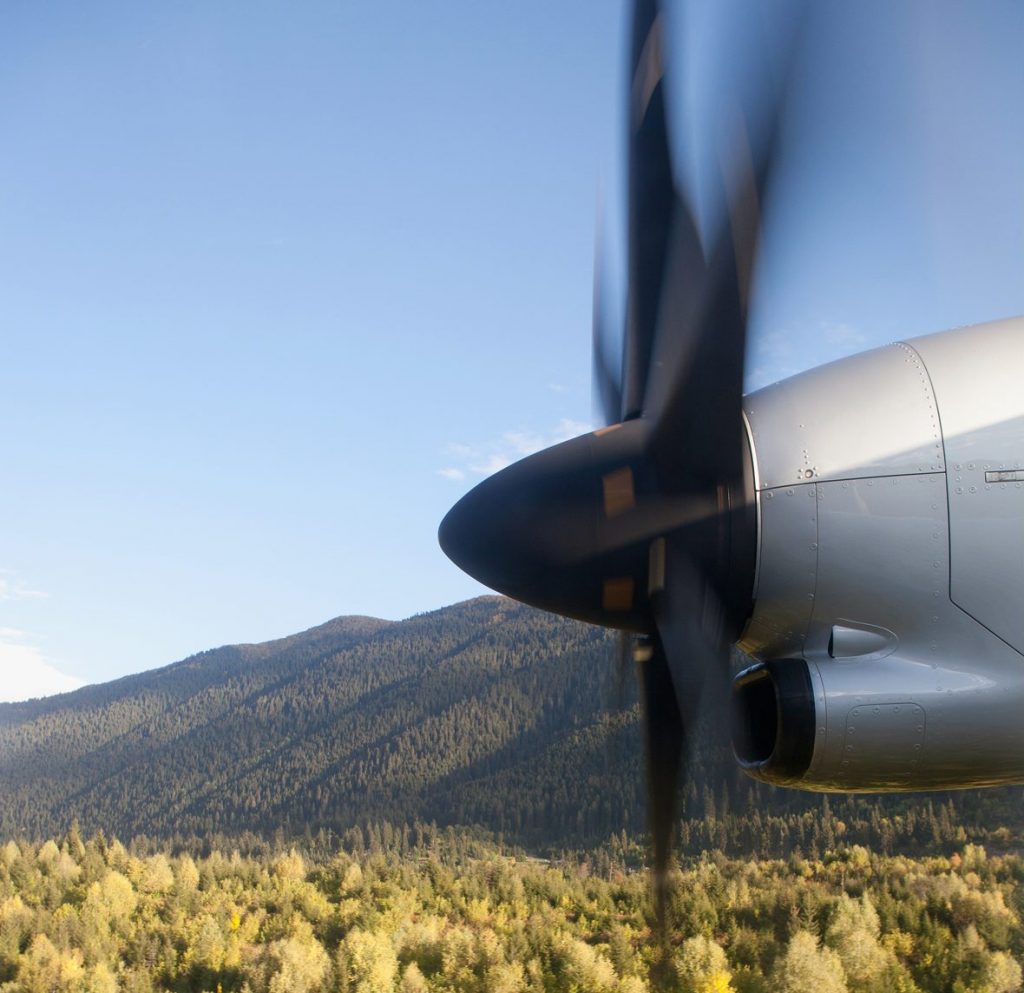

Reduce your CO2 emissions and your fuel consumption by up to 45% with ATR
ATR aircraft consume up to 45% less fuel and emit 45% less CO2 per trip than regional jets.
That’s 4,400 tonnes of CO2 saved per aircraft per year vs regional jets on average route of 300NM.
Why?
Because of the large diameter propeller they require less power, so less fuel to accelerate the air.
Get in touch
Please complete the form below to get in touch with us.






